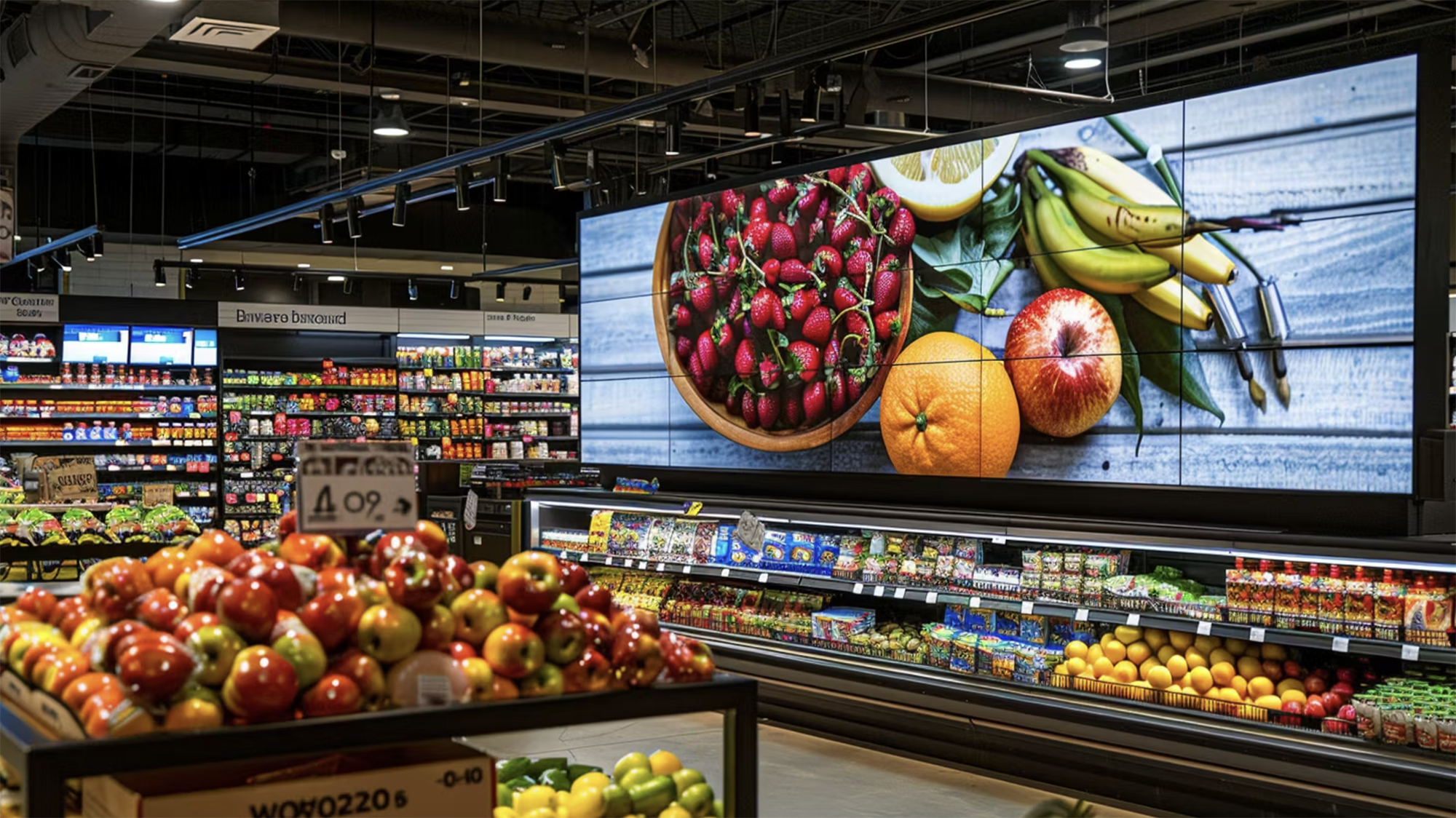AI-Driven Pricing Strategies in Action - Strategies of Retail Giants like Walmart, Kroger, Wegmans and Amazon
.png)
At a Glance
- Introduction to grocers pricing strategies
- 56% of grocers prioritize personalized promotions
- 65% of grocers emphasize competitive pricing strategies
- Discover pricing strategies by Wegmans, Kroger, Amazon, and Walmart
Retailers leverage advanced technologies to stay competitive in the fiercely disruptive grocery market. AI-driven pricing strategies are at the forefront of this transformation, enabling grocers to dynamically adjust prices based on real-time data, predict consumer demand with unprecedented accuracy, and personalized promotions to enhance customer engagement. Grocery giants like Wegmans, Kroger, Amazon Fresh, and Walmart these retail powerhouses utilize lead the charge, leveraging predictive analytics and machine learning to optimize inventory management, minimize waste, and maximize profitability. By integrating AI into their pricing and inventory systems, these supermarkets can swiftly respond to market trends and consumer preferences, ensuring they not only meet but exceed customer expectations. This detailed exploration delves into how each of these retail powerhouses utilizes AI to revolutionize their pricing strategies, driving efficiency and maintaining their competitive edge in a rapidly evolving landscape.
Wegmans: Leveraging AI for Profitability
Wegmans, a prominent grocery chain, employs AI to improve profitability by optimizing inventory management and pricing strategies. Through predictive analytics, AI helps accurately forecast customer demand, ensuring the right amount of stock is available. This reduces waste by preventing overstocking and avoiding out-of-stock situations, helping Wegmans keep costs low.
Dynamic pricing is another crucial area where AI contributes to profitability. By analyzing market trends in real time, Wegmans can adjust prices based on shifts in demand. The technology also identifies complementary products that may benefit from temporary discounts, encouraging customers to buy more and increasing overall revenue. Furthermore, AI enables Wegmans to adjust prices on a local level, ensuring they remain competitive by accounting for regional variations in pricing strategies.
Additionally, AI-driven automation streamlines administrative tasks like scheduling and ordering, freeing up staff time and reducing labor costs. By refining these key areas of operation, Wegmans harnesses AI to maintain efficient processes and achieve significant profitability gains.
Kroger: A Retail Powerhouse and Its Use of AI
Kroger, a leading grocery chain in the U.S., leverages AI to enhance its profitability and efficiency. By analyzing customer data, including purchase history and demographics, AI enables Kroger to create personalized promotions that increase sales. For instance, customers frequently buying a specific brand can receive targeted digital coupons, boosting their likelihood of purchasing more.
Grocery Doppio reports that 56% of grocers prioritize personalized promotions, reflecting a broader industry trend toward customized marketing strategies. This aligns well with Kroger’s approach, where AI-driven personalization remains key. Kroger's targeted promotions yield a higher return on investment as customers respond more favorably to individualized offers.
Kroger also employs dynamic pricing to adjust costs in real-time, maximizing profits on in-demand items while reducing prices on the slower-moving inventory. This approach, paired with AI-driven inventory management, minimizes waste by accurately predicting demand and reducing stockouts and overstocking. As a result, Kroger ensures that shelves remain stocked while minimizing financial losses due to excess inventory.
Beyond sales, Kroger utilizes AI to optimize supply chain logistics, reducing delivery costs and times while improving fraud detection by analyzing transaction patterns. This strategic use of AI allows Kroger to maintain efficient operations, personalize marketing efforts, and optimize inventory management, solidifying its position as a market leader in the competitive grocery industry.
Amazon Fresh: Harnessing Online Data for Profitability
Amazon Fresh, Amazon's grocery chain, uses AI and vast online customer data to deliver a profitable, integrated shopping experience. Its dynamic in-store pricing uses real-time data, like local competitor prices and product popularity, to adjust prices for competitiveness and profit margins. Personalized recommendations, based on past purchases, promote larger basket sizes, with data from Grocery Doppio indicating that personalized recommendations can increase basket sizes by up to 20%.
Amazon Fresh's frictionless checkout in Amazon Go stores eliminates traditional lines using computer vision, reducing labor costs and improving customer retention. Seamless integration between online and in-store platforms allows for optimized inventory and omnichannel shopping. Customers can create shopping lists, verify based on past purchases, personalized recommendations, and schedule deliveries via the Amazon app, encouraging loyalty.
This combination of dynamic pricing, personalized recommendations, and inventory management ensures Amazon Fresh competes effectively in the grocery market, maximizing profitability and customer satisfaction.
Walmart: Harnessing AI for Profitability
Walmart, the retail giant known for its vast selection and affordability, is using AI to maximize profitability across both its online and in-store channels. Through dynamic online pricing, AI helps Walmart tailor prices based on customer location, purchase history, and competitor data, ensuring competitive pricing without compromising in-store margins.
Data from Grocery Doppio benchmarks show that 65% of grocers emphasize competitive pricing strategies to enhance profitability, highlighting the industry's focus on price optimization. Walmart aligns with this trend, using AI to implement dynamic pricing that maintains competitive positioning while protecting profitability.
For inventory management, AI forecasts demand, reducing out-of-stock situations while optimizing picking and delivery processes. If a product isn't available, Walmart's AI recommends suitable substitutions based on past purchase behavior, minimizing cancellations and keeping customers satisfied.
Beyond the grocery sector, AI improves overall demand forecasting for better inventory control and automated replenishment, keeping shelves stocked with high-demand items. This comprehensive approach allows Walmart to compete effectively in the online grocery market while maintaining value for in-store shoppers. The result is a streamlined, profitable operation that strengthens Walmart's position as a leader in the industry.
These examples illustrate how AI-driven pricing strategies enable retail giants like Wegmans, Kroger, Amazon Fresh, and Walmart to remain competitive, optimize profitability, and enhance customer satisfaction in a rapidly evolving market.


.png)


.jpg)
.jpg)
.png)



.png)


